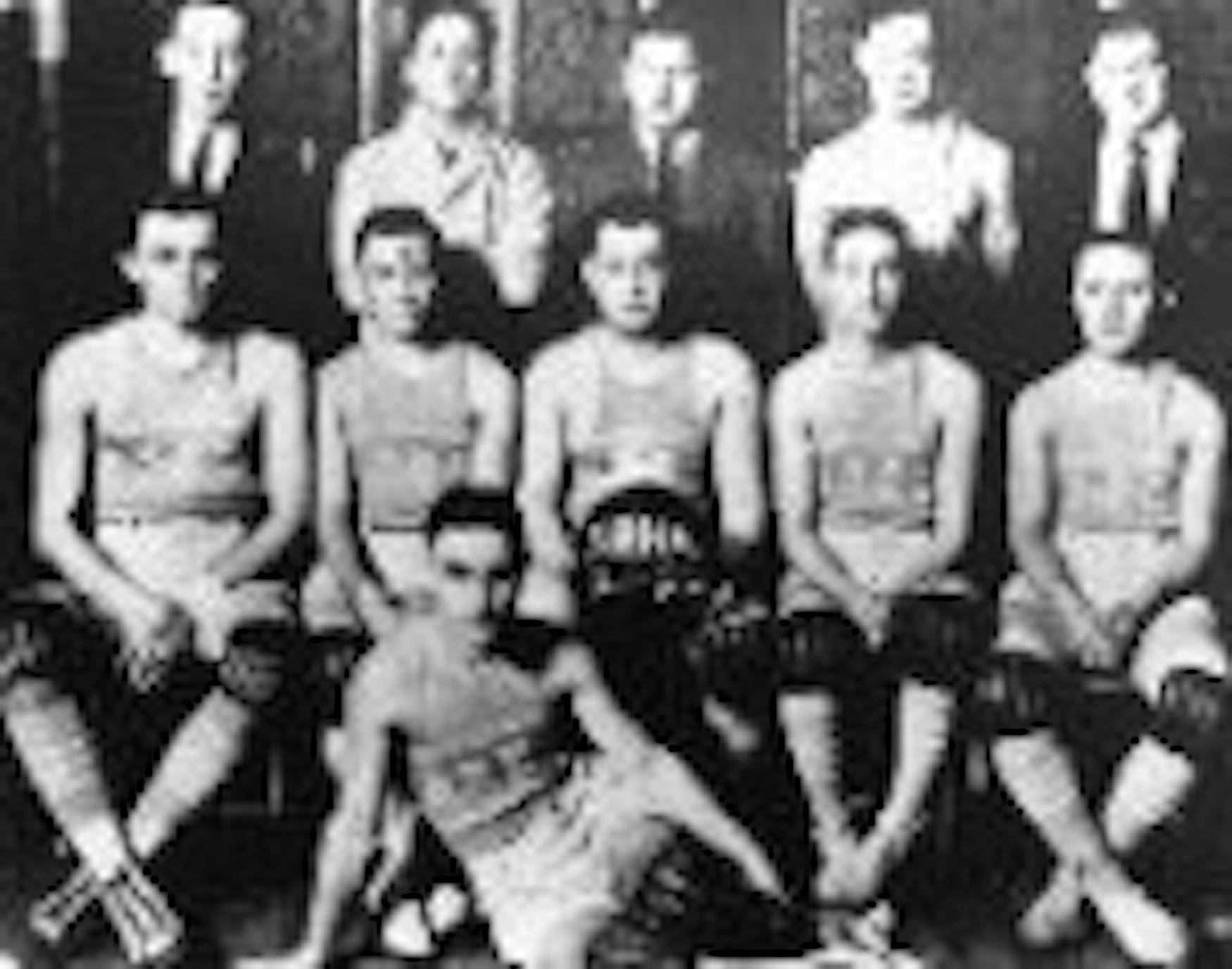FILM: Unveiling Jewish athletes' lost past
In a memorable scene from the movie Airplane!, a passenger asks a flight attendant for some light reading. She promptly presents the passenger with a flimsy sheet of paper titled "Famous Jewish Sports Legends."David Vyorst would disagree with this assessment of American Jewish athletics. As producer of the newly released documentary film The First Basket, which premiered in the Wasserman Cinematheque Thursday as part of the National Center for Jewish Film's annual film festival, he chronicles a surprisingly rich history of Jewish basketball players in America.
That history, Vyorst explained before the premiere, is at odds with today's deprecating attitude toward Jewish athletic achievement. His movie attempts to show that such opinions makes about as much sense as labeling soccer an American pastime.
"When I made [The First Basket], people said it must be a pretty short movie," Vyorst said. "[But] sports and physicality are important parts of Jewish history."
The documentary meets Vyorst's goal on several levels. First, it unearths fascinating stories of Jewish athletic achievement, largely unknown to Jews and non-Jews alike.
Did you know a semi-professional team named the Sphas, an acronym for the South Philadelphia Hebrew Academy, played with Hebrew letters on their uniforms in the 1920s? Or that the first basket in the Basketball Association of America, the precursor to the NBA, was scored by a Jew? That at five feet and four inches, Jewish basketball star Max Zaslofsky led the NBA in scoring in the 1947 to 1948 season?
The documentary also interviews many high-profile basketball celebrities, from legendary Boston Celtics coach Red Auerbach to Hall-of-Fame player Dolph Schayes, who lived through and shaped the glory days of Jewish basketball.
Their first-hand accounts give credibility to an unfamiliar history and offer more unbelievable anecdotes. The movie shatters the stereotype that Jews and sports go together like ketchup and ice cream.
What makes The First Basket a truly special documentary, however, is its success in providing an entirely new sociological lens for Jewish-American history. Vyorst uses basketball to trace the dynamics of Jewish immigrant life in America from its initial boom in the late 19th century to the modern era.
Without minimizing any of the film's entertainment value, Vyorst proves through a historical analysis that basketball was not just a game for the often-poor immigrants-it was a tool for Americanization. The film, then, is more than just an interesting explanation of one aspect of Jewish immigrant culture, but rather, it is a historical film that uses basketball as a metaphor to examine national identity and assimilation.
While the documentary could have shown more recent examples of Jewish basketball participation, the few examples provided were illuminating. The film includes a short biography of Tamir Goodman, also know as the "Jewish Jordan," the most prominent Jewish basketball prospect of the past 15 years, and also describes how American Jews helped develop basketball in Israel and still energize the game there.
It might have been interesting to learn about a few more contemporary Jewish basketball figures, such as Jordan Farmar, the Jewish Los Angeles Lakers guard who frequently visits Israel, or Jon Scheyer, a Jewish McDonald's All-American and starting guard for Duke.
But as Jews today no longer impact the game as they once did, the disproportionate attention given to current Jewish athletes fits the spirit of the film.
As the documentary entertains and educates about a little-known story, anyone with even a passing interest in basketball or Jewish history could appreciate it. Though a Jew might not lead the NBA in scoring anytime soon, The First Basket proves that Jews have more game than movies like Airplane! would lead you to believe.



Please note All comments are eligible for publication in The Justice.